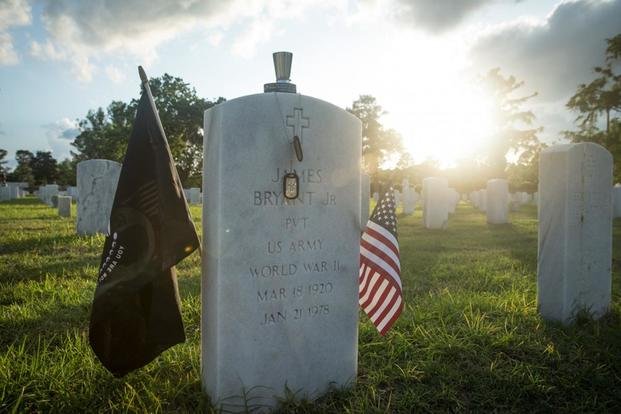
By Blake Stilwell
Traditions are important. They’re a form of living history passed down from generation to generation.
Even so far removed from Memorial Day’s earnest beginnings as a way of honoring the scores of dead from the Civil War, we still recognize our honored dead by taking the time to visit and spruce up their final resting places.
Aside from a nationwide surge in parades, burger and beer sales and visits to veterans cemeteries, there are certain traditions that happen every Memorial Day. Even if you aren’t planting flags at a cemetery or you don’t know anyone who fell in service to their country, there are still things you can learn, observe and even teach to others.
1. The Moment of Silence
Every Memorial Day at 3 p.m. local time, whether you’re at home, at a parade or in the middle of a speech, please take a moment to observe the National Moment of Remembrance. For just one full minute, Americans everywhere should pause to remember all the men and women who died in service to our country.
The idea is to keep Memorial Day from becoming just another holiday, one that Americans use to get an extra day of swilling beer in the sun.
Since 2000, Public Law 106-579 has asked that we shut our burgerholes for 60 seconds and “pay tribute to individuals who have made the ultimate sacrifice in service to the United States and their families.”
2. It’s Not Veterans Day
As much as we enjoy the extra attention afforded to vets on Veterans Day, this is not the time for that sort of thing. Memorial Day is about honoring the fallen men and women who died in service to their country — not just anyone. A lot of people will confuse the day, conflate the day or worse, forget the day.
Most veterans will not expect to be thanked for their service, but this especially true on Memorial Day. Instead of smiling and saying whatever it is we say when someone thanks you, vets can take the time to explain the meaning of Memorial Day to them like we’re Linus explaining the true meaning of Christmas.
3. When to Raise and Lower the Flag
The rules for where and when the American flag is raised and lowered are different for Memorial Day. We may collectively remember to render proper salutes while the flag is being raised and lowered. We might even remember to raise the flag “briskly” and lower it slowly and ceremoniously. But if you’re the emcee of a Memorial Day event, you should be sure to observe the proper timing for where Old Glory should be throughout the day.
The Stars and Stripes should of course be raised briskly first thing in the morning. But on Memorial Day, the flag is raised only to half-staff. At noon, the flag should be raised to full-staff until it’s taken down at sunset. Memorial Day is the only day that observes both positions on the flagpole. If you fly a flag from the porch of your house and can’t lower it, simply attach a black mourning streamer to the top for when it’s supposed to be lowered.
4. What Day Memorial Day Is On
Memorial Day started as a good idea from an organization made up of Union Civil War veterans, the Grand Army of the Republic. These veterans lobbied state and local governments across the former union to recognize May 30 as a day of remembrance, originally known as “Decoration Day.”
They chose May 30 because no battles happened on that day.
Over the next 100 years, Decoration Day morphed into Memorial Day. By 1968, all of the Civil War vets had died, and Memorial Day belonged to the fallen veterans of all eras.
Congress eventually changed the observance to the last Monday in May as a way to give federal employees a set of standard three-day weekends — and widen the observance of the day.





